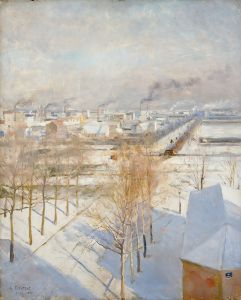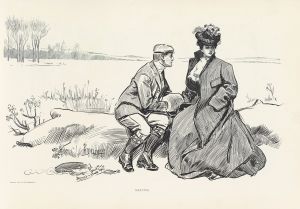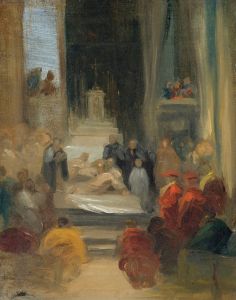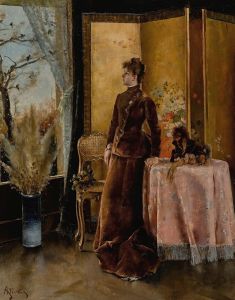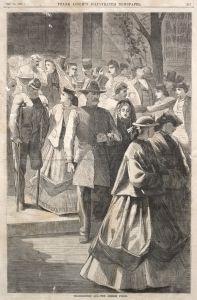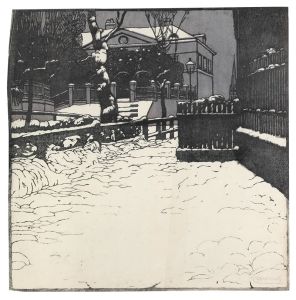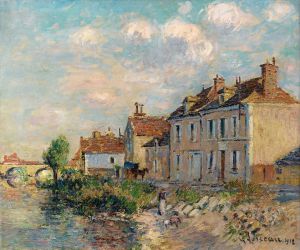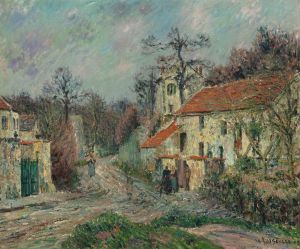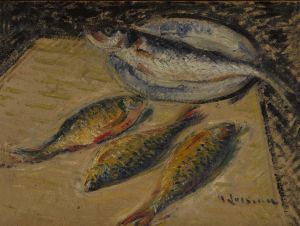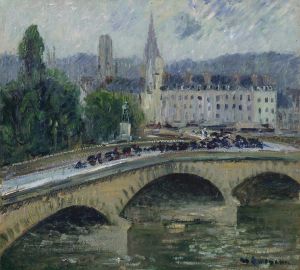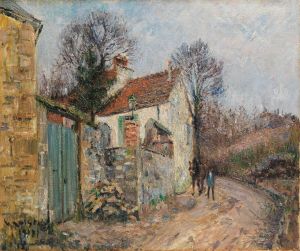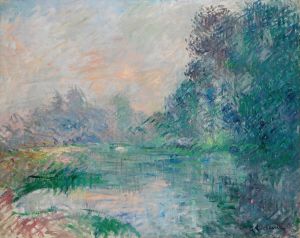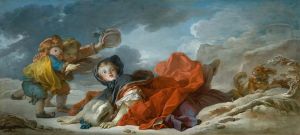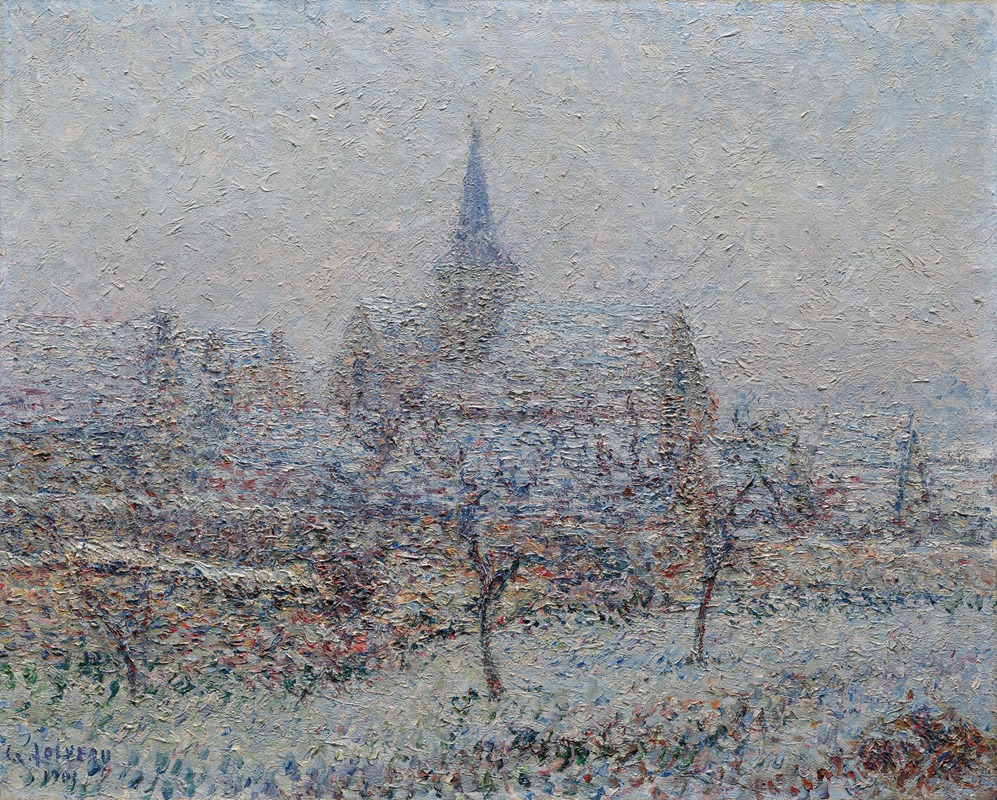
L’église de Bennecourt, Effet de neige
A hand-painted replica of Gustave Loiseau’s masterpiece L’église de Bennecourt, Effet de neige, meticulously crafted by professional artists to capture the true essence of the original. Each piece is created with museum-quality canvas and rare mineral pigments, carefully painted by experienced artists with delicate brushstrokes and rich, layered colors to perfectly recreate the texture of the original artwork. Unlike machine-printed reproductions, this hand-painted version brings the painting to life, infused with the artist’s emotions and skill in every stroke. Whether for personal collection or home decoration, it instantly elevates the artistic atmosphere of any space.
Gustave Loiseau (1865–1935) was a French Post-Impressionist painter known for his landscapes and scenes of rural France. He is particularly recognized for his use of the "en treillis" technique, a cross-hatched brushstroke style that added texture and movement to his works. Loiseau was a contemporary of artists such as Claude Monet and Camille Pissarro, and his works often reflect the influence of Impressionism while maintaining his distinctive approach to light and atmosphere.
One of Loiseau's notable works, L’église de Bennecourt, Effet de neige (The Church of Bennecourt, Snow Effect), depicts a snow-covered scene in the village of Bennecourt, located in the Île-de-France region of France. This painting captures the quiet charm of the French countryside in winter, with the church serving as the focal point of the composition. Loiseau's use of soft, muted colors and delicate brushstrokes conveys the stillness and serenity of the snow-covered landscape.
The village of Bennecourt, situated along the Seine River, was a popular subject for many artists during the late 19th and early 20th centuries. Its picturesque setting and proximity to Paris made it an attractive location for painters seeking inspiration from nature. Loiseau's depiction of the church in Bennecourt reflects his interest in capturing the essence of rural life and the changing seasons.
In L’église de Bennecourt, Effet de neige, Loiseau employs his characteristic style to render the interplay of light and shadow on the snow. The painting demonstrates his ability to depict atmospheric effects, such as the diffused light of a winter day, which enhances the overall mood of the scene. The church, a central architectural feature of the village, is portrayed with a sense of timelessness, emphasizing its role as a landmark within the rural community.
Loiseau's works, including this painting, are part of his broader exploration of the French landscape. He often revisited the same locations to capture them under different weather conditions and at various times of the year. This approach allowed him to study the effects of light and atmosphere on the natural environment, a hallmark of his artistic practice.
Today, Gustave Loiseau's paintings are held in various private collections and museums, including the Musée d'Orsay in Paris. His contributions to Post-Impressionism and his dedication to depicting the French countryside have earned him a lasting place in the history of art. While specific details about the provenance or current location of L’église de Bennecourt, Effet de neige are not widely documented, the painting remains an example of Loiseau's skill in capturing the beauty and tranquility of rural France.





